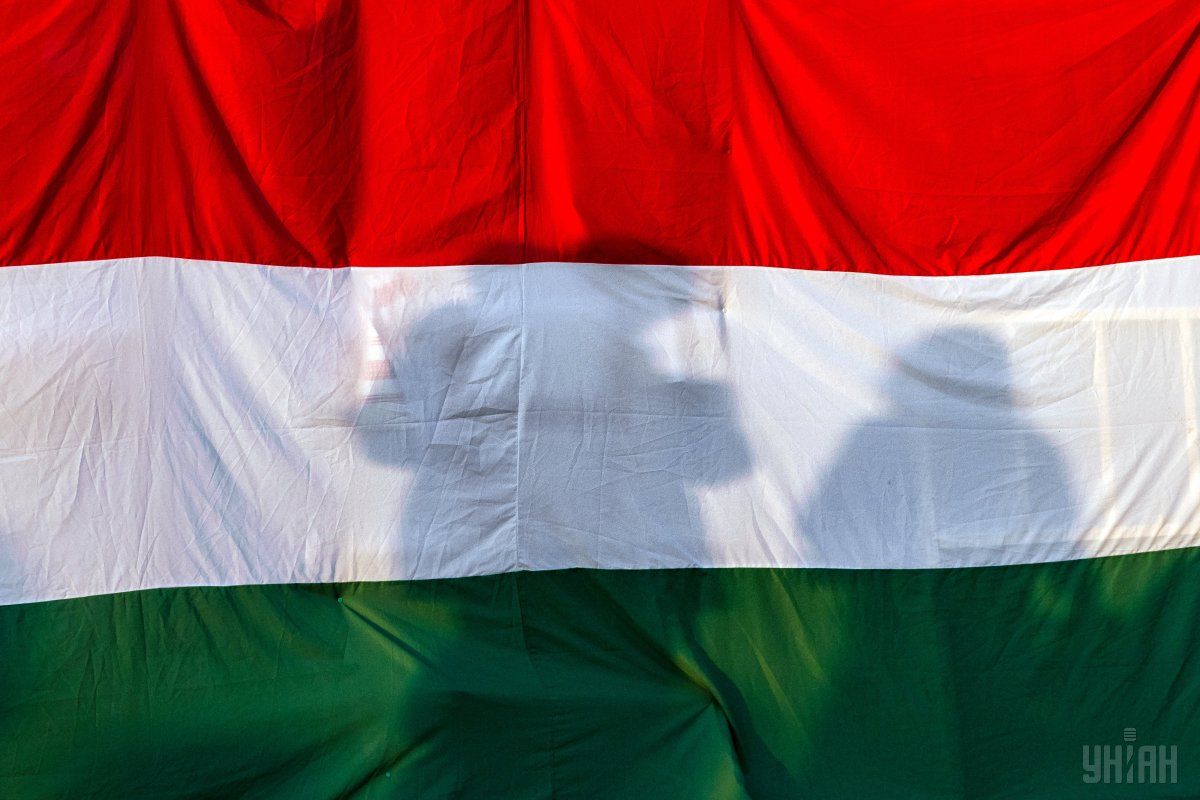
Ukrainian Foreign Minister Dmytro Kuleba has invited his Hungarian counterpart Péter Szijjártó to visit Zakarpattia region on September 23.
As the two ministers were having a phone conversation, Kuleba invited Szijjártó to visit Ukraine's far-western region to discuss further steps to implement the agreements already reached on the development of cooperation in the political, economic, cultural, and humanitarian spheres, as well as taking part in joint events, according to the press service of the Ukrainian Foreign Ministry.
"The restrictions introduced in Ukraine and Hungary for the entry of foreigners over the spread of coronavirus impose certain restrictions on all citizens, regardless of status. Against this background, our meeting is a clear signal – both countries are disposed to search for mutually acceptable solutions without delay," Kuleba said.
The ministers also agreed that the socio-economic success of Zakarpattia region may become a common success story in relations between Ukraine and Hungary, and friendly relations between the two countries are important for the entire region of Central Europe.
Ukraine-Hungary relations: background
Relations between the two countries slid to a chill after the Ukrainian parliament in 2017 passed a new education law.
Hungary has since been blocking the meetings of Ukraine-NATO Commission, claiming alleged violation of rights of Hungarians living in Ukraine due to the provision of the law that determines that the language of command in educational facilities shall be the state language, which is Ukrainian.
Read alsoUkraine, Hungary seek to overcome impasse over language law impeding NATO initiatives – mediaAccording to the conclusion of the Venice Commission of Dec 8, 2017, Ukrainian authorities were recommended to balance the provision of the language article of Law "On Education".
On January 16, 2020, the Verkhovna Rada, Ukraine's parliament, passed bill No. 0901 on secondary education.
Three models of learning the Ukrainian language in schools have been laid down.
The first model is provided for the indigenous peoples of Ukraine who do not live in the linguistic environment of their language and who do not have a state that would protect and develop this language. First of all, these are the Crimean Tatars. For them, the first model includes teaching in the language of the indigenous people from 1 to 11 (12) classes along with a thorough study of the Ukrainian language.
Read alsoInfrastructure minister elaborates on construction of airport in Zakarpattia regionThe second model is for schools with instruction in the language of national minorities whose languages belong to the EU languages. Depending on the language group and language environment, the use of this model may be different, but the basics are:
- Elementary school: the use of the mother tongue along with the study of the official language;
- Grade 5: at least 20% of the annual volume of study time should be taught in Ukrainian with a gradual increase in volume so that in grade 9 to reach at least 40% of subjects that are studied in the official language; and
- High school: at least 60% of the annual amount of study time in these institutions should be instructed in the official language.
The third model will work for the rest of the national communities of Ukraine. It concerns national minorities whose language belongs to one of the Ukrainian language families, as well as those who live mainly in the environment of their own speech (Russian language). Primary schools there will also have a minority language along with the study of Ukrainian, and from grade 5 at least 80% of school hours will be instructed in the official language.
At the same time, Szijjártó says Hungary proposes not to increase the number of subjects taught in Ukrainian to the national minorities, which is provided for by the new law on secondary education.

